Immunity to Change: How to Overcome it and Unlock the Potential in Yourself and Your Organization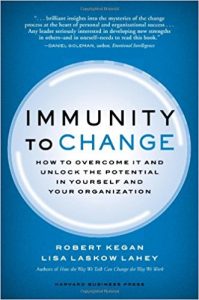 is a 2009 book written by Robert Kegan and Lisa Laskow Lahey. It has updated examples of their experience using their immunity to change concepts first introduced in their 2001 book, How the Way We Talk Can Change the Way We Work.
is a 2009 book written by Robert Kegan and Lisa Laskow Lahey. It has updated examples of their experience using their immunity to change concepts first introduced in their 2001 book, How the Way We Talk Can Change the Way We Work.
This book was recently recommended by another experienced improvement consultant. Since I was unfamiliar with the book and change process, I decided to learn the process and share key points with my friends and colleagues. I typically work with teams and organizations, not individuals, therefore, I have not used the immunity to change process myself. However, it does provide a path to understanding root cause, so I see reasons why it could work well for individuals wanting to change a behavior. As always, read the book for all the details.
The two authors present a process and roadmap for diagnosing and understanding the reasons why individuals struggle with change. While the immunity to change process can be introduced and used by individuals on a team, the model is designed for personal change. Each individual member would complete their own map and share with the rest of the team. The team can them examine how the collective improvement goals would benefit the team and how their current (negative) behaviors hurt the group.
The Model:
I often hear people say things like, “he is too old to change” or “she has acted that way for 40 years; good luck getting her to change now.” This model has had some proven success helping individuals change their long-ingrained behaviors and habits.
The immunity to change model is based on individuals completing a four-step “Immunity Map” to get to the root cause reason(s) for their negative behavior. The four steps are:
- Commitment (improvement goal)
- Doing/not doing instead
- Hidden competing commitments
- Big assumptions
Once the map is complete, the secrets to overcoming the immunity to change should become clear. What is left is the hard work changing your behaviors. An example map is shown below:
| 1: Commitment (improvement goal) | 2: Doing/not doing instead | 3: Hidden competing commitments | 4: Big assumptions |
|
|
|
|
STEP 1: Commitment (Improvement Goal)
This section contains your improvement goal. It is best to focus on a single change that is:
- Important to you and a big deal to you if you can get dramatically better at this.
- Important to one or many important people in your life. Your spouse and kids should agree that this is important. Your boss or co-workers should value this goal.
- Primarily focuses on you and changes you need to make.
Get out your eraser if your Column 1 Commitment doesn’t meet all the above criteria. It is wise to ask key people in your life for input as you set your goal.
STEP 2: Doing/Not Doing Instead
Take a fearless inventory of everything you are doing that works against your improvement goal. Focus on concrete behaviors and be honest! Spend time on a deep dive examination in this step. The more honest you are now, the easier it will be for you to identify root causes later. Do not explain reasons in this column, just focus on identifying the negative behaviors.
STEP 3: Hidden Competing Commitments
It is crucial to put in hard work on the previous sections in order to complete this section of the immunity map. For the third column, answer the following question about each of your entries in the second column: “If I imagine myself doing the opposite of this, what is the most uncomfortable, worrisome, or scary feeling that comes to mind?”
If none of your entries evoke a genuine and significant fear, stop and ask yourself, “and what would be the worst about that for me?” The authors stress, “It is critical at this point to get to a place where you feel yourself at risk in some way; where you are unprotected from something that feels dangerous to you.”
The key to this step is learning how your improvement goal is never going to happen due to your core contradictions. This is the root cause step, and step 4 is understanding why you have those beliefs.
STEP 4: Big Assumptions
Review the hidden competing commitments you identified in column 3 and brainstorm all the possible assumptions a person who had such commitments might hold. For example, if in column 3 you wrote: “To not feel or be out of control” as a competing commitment, then, in column 4 the big assumption that follows could be, “I assume that if I cannot be in control of the situation, as a result, things will get worse.”
Consider the additional criteria below for each of your big assumptions:
- Some assumptions will be true and some you will be unsure if you believe.
- Each big assumption, if taken as true, should make one of your column 3 commitments inevitable.
- Your work in identifying big assumptions is illuminating and complete. Brainstorm possible big assumptions and test them against the above criteria until you feel you have identified them all.
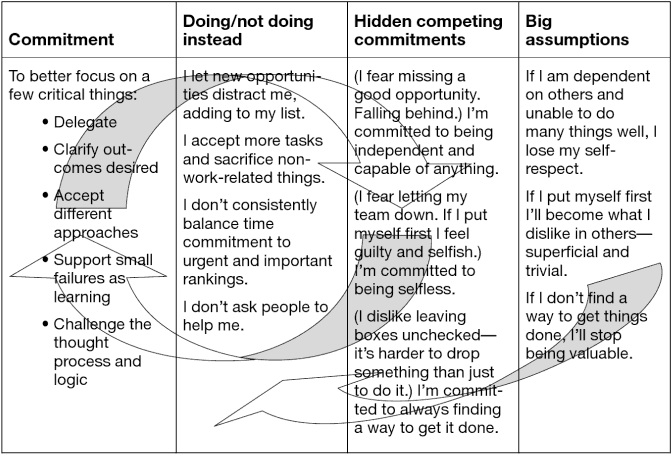
Using the Map to Overcome Your Immunity to Change
The goal of the immunity mapping process is to create adaptive formulations. What are the hidden big assumptions which make your column 3 commitments inevitable and how does this generate the behavior in column 2? How does that undermine your column 1 goal? Use your map to create “tests of change” for the big assumptions you identified.
The book provides additional tips for implementation once you have discovered the root cause “big assumptions.” A Plan-Do-Check-Adjust (PDCA) process is recommended as described in our article: “Ready…Fire!…Aim.” Completing the process with other members of your team or family is also discussed and recommended for a collective immunity to change process.
Adopt a Development Stance
The book concludes by recommending people adopt a growth mindset. Leaders are encouraged to adopt seven critical attributes of a development stance. The authors believe as we do at Lean East that “organizational learning in the future will embrace outcome-driven, rather than course-driven, approaches to adult development.”
Please leave your comments below and contact us to discuss your development needs and for support overcoming your immunity to change.

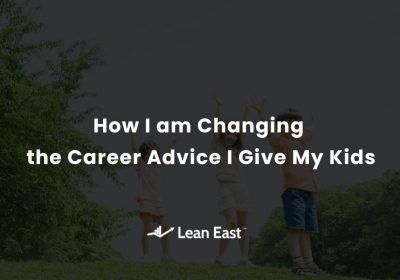
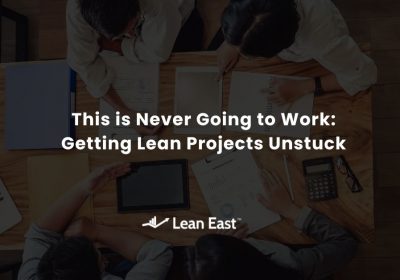

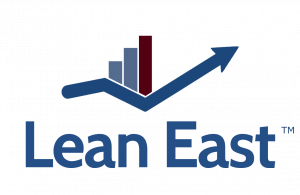
Hi Steve, are you still working with the ItC framework at all? I am curious about integrating the ItC testing phase with the kata PDCA maps – as you mention in this article. I have been working on this ItC testing part to understand how it compares/differs from PDCA. I think this approach has massive potential to bring behavioural change and scientific process together. Also, what does course-driven mean? In reference to the adult development quote.
Hi Sam, I still utilize ItC thinking along with other frameworks of thinking related to change. I like ItC framework as part of root cause analysis.
You ask the difference between course-driven and outcome-driven. Course-driven is more theoretical while outcome-driven is based on tests of change, experimenting. I always encourage “learning by doing” – experimenting and trying solutions and learning and adapting to what doesn’t work.